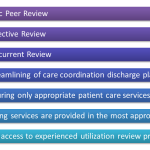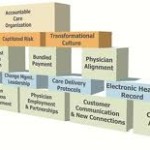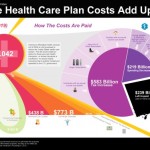
ACA Acronyms | FFOF | Everything Has an Abbrev.
What do the ACA, ACO, FFS, DHS, and QHP all have in common? They are healthcare acronyms and most are related to the Affordable Care Act.
The healthcare industry is not unlike any other industry or almost any aspect of our lives these days, especially with the advent of texting. There is always a shorter way to say something i.e. “BFF” – best friends forever or one of my favorites “*$” – Starbucks. By the way, the title “FFOF” is Fun Facts on Friday.
The ACA, which is part of the “PPACA” – Patient Protection and Affordable Care Act of 2010, is regulated by “HHS” – the division of Health and Human Services, the “DOL” – Department of Labor and the “IRS” – Internal Revenue Service. HHS designates many responsibilities to “CMS” – the Centers for Medicare and Medicaid Services.









